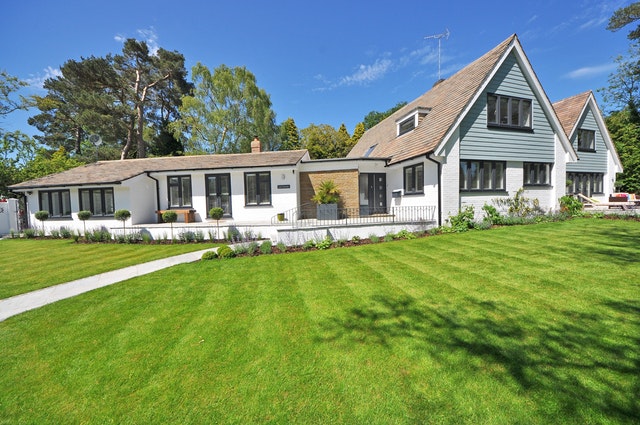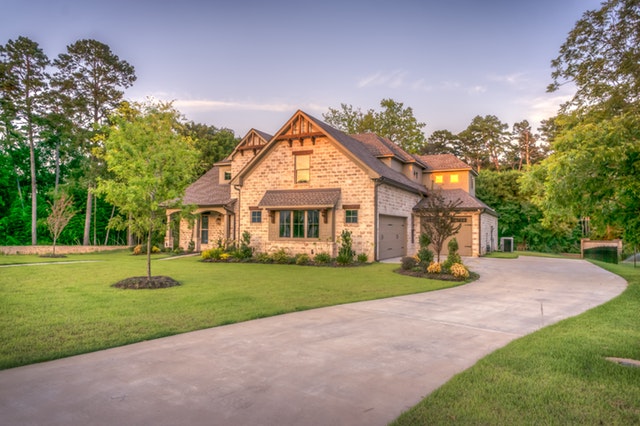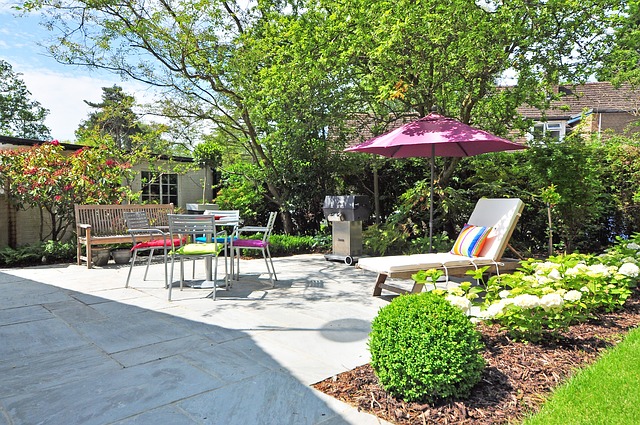If the grass is greener on your neighbor's side of the fence, chances are he chose the right grass type to plant. Your lawn is the first thing to make an impression on passersby and potential buyers. No matter the style of house you live in or the color of the car in the driveway, a well-maintained lawn always offers a perfect match. Keeping your grass looking great takes some work, but the results are worth it. If you’re putting in the effort, but your lawn still isn’t responding, the problem might be the species of grass you’re dealing with.
Virginia Is for Cool-Season Grass Lovers
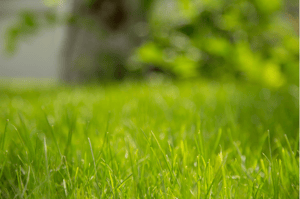
Virginia lawns have several excellent options when it comes to grass varieties. Learning the basics of the most popular types is the first step toward growing a lawn that will make your neighbors green with envy.
Some southern areas of the state are mild enough for warm-season species including zoysiagrass and bermudagrass. For most Virginians, cool-season grasses are the better choice:
This is one of the most popular options and for good reason. It's attractive, it thrives in the local climate, is and it holds up better than most to foot traffic. As an all-around performer, this one is hard to beat.
Perennial ryegrass
This fast-growing, heat-tolerant species is tough enough for use on athletic fields. This grass likes full sun and is an excellent choice for repairing patchy, damaged turf. Because it grows in bunches, this grass is typically mixed with other species instead of sown on its own.
Fine fescue
This attractive species is prized for its low maintenance and ability to thrive in all types of soil. Fine fescues will grow in sandy, rocky, and clay soils. It's also an excellent option for areas with lots of shade. Though it handles many adverse conditions well, fine fescue is not the best choice for high traffic areas.
Turf-type tall fescue
This variety is more heat and drought-tolerant than other cool-season grasses. It also holds up well to wear, resists most lawn diseases and is easy to keep weed free. Turf-type tall fescue is tough, attractive, and low-maintenance. It grows best in well-draining soil and full sun.
Look at Your Lawn Like a Landscaper
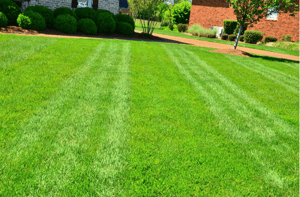 The way you see your property is likely different than how it looks to someone else. We may look at our yard and see the potential for a flowerbed here or a firepit there. A professional landscaper sees different kinds of potential: potential drainage issues, potential erosion, potential property damage.
The way you see your property is likely different than how it looks to someone else. We may look at our yard and see the potential for a flowerbed here or a firepit there. A professional landscaper sees different kinds of potential: potential drainage issues, potential erosion, potential property damage.
When considering a grass type, your local landscaper is an invaluable resource. Your property likely has shady spots, sunny spots, and spots where moisture either pools or drains too quickly. This means the right grass for your property might be a combination of different species. An appropriate mixture of grass varieties will give you a lawn that looks good and performs well on all areas of your property.
Don’t Forget the Accents!
Your lawn’s role in the property’s overall curb appeal is undeniable. However, there’s so much more to a beautiful lawn than just grass! A seeding or sodding project is the perfect opportunity to upgrade other outdoor elements. Since your yard is under construction, anyway, consider adding accents such as fruit trees, flowerbeds, or fencing to make the finished product even more attractive.

Jay Betts
Jay Betts is a University of Texas at Austin alumni, regional representative for LawnStarter, creative entrepreneur and dad of a 4-pound Yorkshire dog. He enjoys hiking in nature and following a minimalistic lifestyle. He is also a licensed real estate agent who takes delight in talking about anything to do with homes or timepieces.



